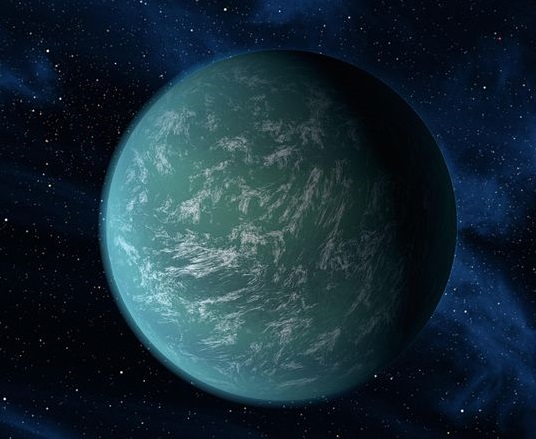
Enormous planet orbiting two suns discovered by NASA scientists.
NASA has announced the discovery of a new giant planet some 3,700 light years from Earth that orbits around two suns, and resides in the habitable zone, where water could be in liquid form, according to space.com. The habitable zone is defined as the range from the sun in which liquid water could be stable.
The newly found planet, dubbed Kepler-1647b, is likely a gas giant without an actual surface of its own, but if it has moons, they could be teeming with flowing water and could possibly support life as we know it.
The discovery was made by NASA’s Kepler space telescope, which left Earth in 2009, searching for planets similar to our own across the galaxy. The observations by the telescope ended in May of 2013 when the second of four orientation-maintaining reaction wheels stopped functioning, but scientists on Earth are still pouring over mounds of data provided by the craft. The telescope was restarted in 2014 after the mission team discovered a new way to stabilize the spacecraft.
Thus far, the mission has discovered over 2,200 confirmed planets, by observing the pass of the planets across the vision line between their home star and the spacecraft’s instruments. Scientists are able to calculate the size of the worlds and the distance from their stars by the time it takes to make an orbit.
And that is the reason it took so long to discover Kepler-1647b, despite it being roughly the size of Jupiter, and the largest planet found so far that orbits around two stars. The gas giant takes 1,107 Earth days to circle the stars. Typically, the Kepler telescope needs three transits to make an identification of an exoplanet, so worlds with extremely long cycles are difficult to find, regardless of size.
The two stars around which the planet orbits are about the same size as our own sun, with one slightly larger and the other just a little smaller. They are both estimated to be 4.4 billion years old, compared to our sun’s 4.6 billion age.
The research team announced their discovery at the 228th meeting of the American Astronomical Society in San Diego, and their research has been accepted for publication in The Astrophysical Journal.

Leave a Reply